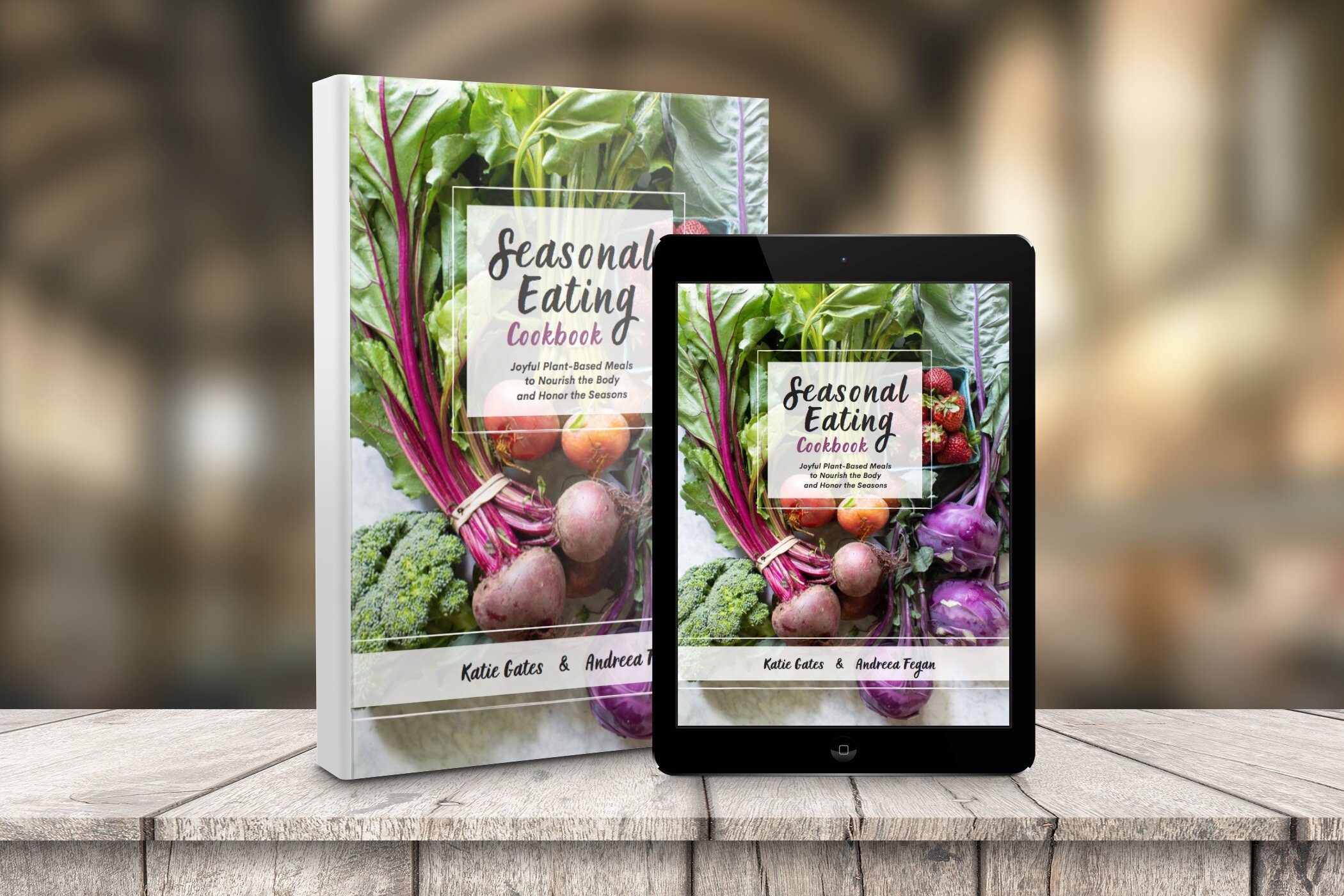For a long time, my family has enjoyed Ezikiel bread, and I wanted to try to make it on my own. I devoted a lot of time researching recipes, as there are many, as well as equipment that was needed (grain mills, dry grain vitamix containers, etc.). I had a great deal of fun, and felt pretty proud to create a truly healthy loaf (or two) of bread for my family. I also learned some lessons along the way, I thought I’d share.
First, there are so many recipes online for home-made Ezikiel bread. One isn’t necessarily better than the other. But if the main goal is to create a sprouted bread, then we have to devote time to first sprout the beans/grains and then dehydrate them for grinding. This is the part of the recipe that takes the longest time, but it’s worth it. Otherwise, we would just be making regular bread, right? The whole point is to sprout. For instance, I found an easy recipe online , however it doesn’t sprout the grains so I decided to skip on this one.
For sprouted bread, you have to factor in the few days that are required for the grains and beans to grow tails (sprout) which is about 3 days total. You then have to allow another day or two to dehydrate them (they can only be ground into a flour when dry). The good news is that after sprouting and dehydrating, the bread comes together pretty quickly.
Additionally, it’s best if you have a grain mill OR as I did, get a dry grain vitamix container (different than the regular container ~ feel free to search on the vitamix site here ~ note this is an affiliate link), which will pulverize dry beans and grains needed for the recipe very quickly. Yes, you can buy already sprouted flour but you lose a lot of the vital nutrients as the flour is stored in a bag on a shelf for some time, and the oils in the grain are prone to oxidize. Best bet is to allow some time, do the process (sprout and grind) yourself, and you will get the most nutrition from the grains and beans.
After looking and looking for recipes, ultimately, I found this one and I was happy with it. I did make some edits, however:
Again, I sprouted the grains/beans first
I didn’t include a dough enhancer
I didn’t include an egg, but used a flax egg instead
I didn’t add the last two ingredients (nuts/seeds/fruit)
I also tried the original recipe with 1 cup honey, then 1/2 cup honey, then 1/4 honey. The 1 cup honey recipe was a bit sweet, but the second version was more crumbly but had a better sweetness, and the last version was the most crumbly but was the best tasting. When I make it again, I personally would still go with the 1/4 cup honey, and find a way to bind it better.
One note: I found out the hard way that if you measure 1 cup of spelt, then soak, sprout, dehydrate, you will not be left with 1 cup of spelt. You will be left with more, because the grain was soaked in water and grew a bit. Basically, just use what the recipe calls for, and store any you have left over for a future recipe. This was fine for me, since I made another batch soon after this one, and all the grains/beans were used.
It’s a very loose batter when you put it in the pans - that’s ok. Just test the middle when it comes out and make sure it’s completely done. The bread itself is VERY soft, almost the texture of banana bread, not dense like regular bread.
The bread loaves came out beautifully! The bread cuts best when cooled, and you could also cut and freeze to use for toast at a later date, since it does make two loaves.



